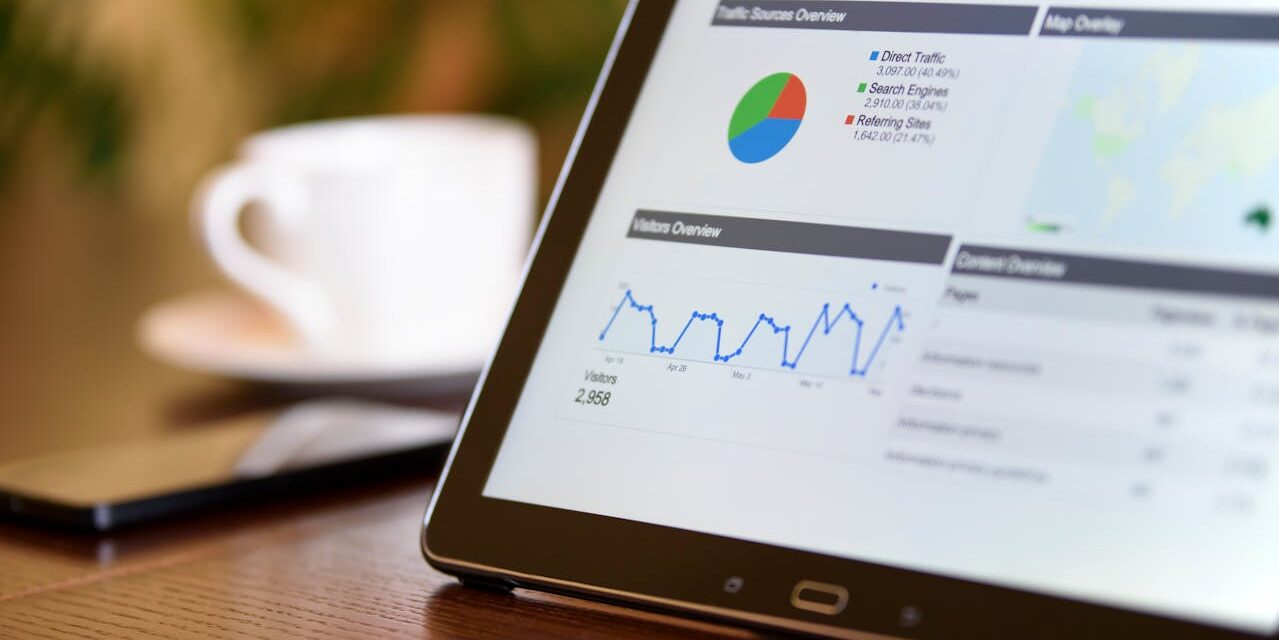Learning advanced Google Analytics is a worthwhile investment for any marketer.
Monitoring your digital analytics and site traffic allows you to land higher-value clients and increase sales.
Additionally, you can plan and build future growth and traffic by putting together business objectives. Using Google Analytics will help you to track how your marketing efforts perform. Google offers many incredible tools, resources, courses, and more for the public to use their products and services better. They’re worth the pursuit!
I have used Google Analytics heavily for years but only recently decided to pass my Google Analytics Individual Qualification (GAIQ) exam. I did this after completing both the Google Analytics for Beginners and Advanced Google Analytics courses available from Google Analytics Academy.
Completing the Beginner and Advanced Google Analytics courses allowed me to review my knowledge and served as a great refresher on various analytics concepts. An added benefit is receiving the certificates of completion for each course. You can share these certificates on social media and add them to your LinkedIn profile for enhanced professional validity.
Get started so you can use Google Analytics to grow your business through data collection!
Table of Contents
Advanced Google Analytics Highlights
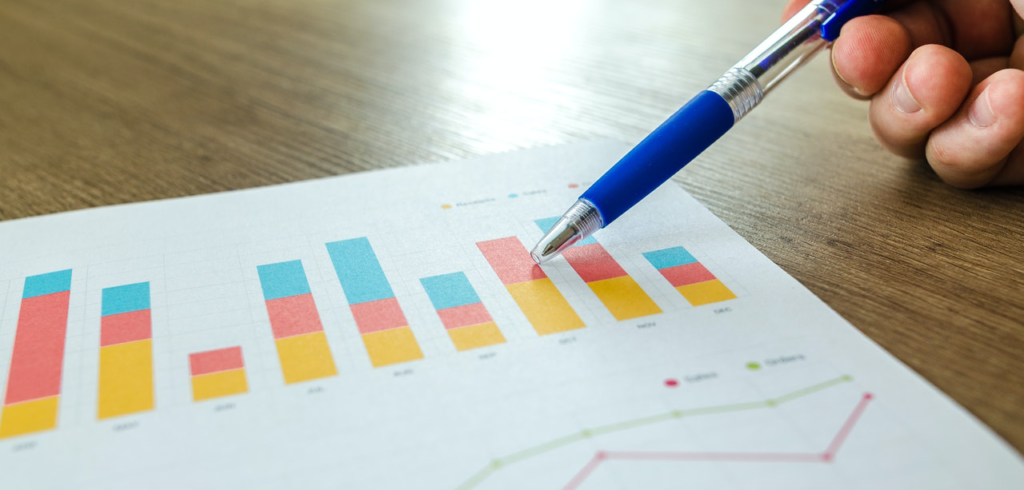
I took my time through each Google Analytics course and made notes to reabsorb any reminders. Making notes helps you lock concepts into the brain.
The reminders below should be helpful as you begin to learn Google Analytics yourself:
- When it comes to goals, if someone performs the same action multiple times in one session, it will still only count as one conversion.
- Don’t want to keep the default 30 minutes per session? You can change it!
- Generally, when viewing Google’s pre-built reports, specific dimensions are your rows, and metric data for each dimension is held in columns.
- Dimensions and metrics can be assigned on of three scopes — hit level, session level, user level. You can only compare metrics across dimensions if they’re within the same scope.
- Remember, once Google Analytics processes data, you can’t retroactively change that data. So, if you’ve created a view with filters and collected data for a few weeks, you won’t be able to pull the filter from that specific view and see pageviews increase.
As you continue to pursue learning the ins and outs of the Google Analytics platform, you’ll begin to see its incredible genius. The beautiful thing about the platform is its ability to be highly customized. Both in terms of data collected, and how it’s reported and presented, Google Analytics is extremely useful. And, it’s free!
If you have a bit of free time, begin your Google Analytics education now.
Aligning Business Objectives: Measurement Plan Tactics & Conversions
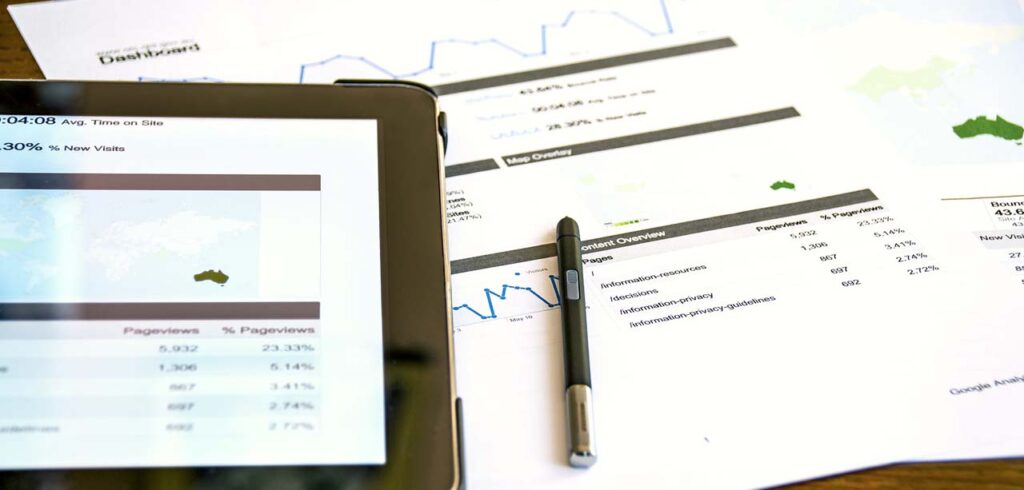
Now you’ve begun toying around with the full Google Analytics platform!
At this point, you’re likely to have installed the tracking code on your site and started analyzing reports. Now, it’s time to start identifying business objectives and measuring your marketing efforts.
How do you put together your measurement plan to reach business objectives?
- Define your business objective(s)
- Create a strategy to reach your business objectives
- Pursue marketing tactics that support your strategy and business objectives
- Report KPI (Key Performance Indicator) metrics to see conversions reached
After developing a plan from the above steps and executing it, over time, you’ll be able to see when visitors make hits and how they correlate with reaching your chosen business objectives.
Additionally, identifying micro and macro conversions will help you to build your measurement plan.
What is a macro-conversion?
A conversion of making a shopping cart purchase would be considered macro. If Google records a conversion with a hit sent to Google that helps someone get to a macro conversion, is called a micro-conversion. So, if someone signed up for a product notification but didn’t make a purchase, this would be considered a micro-conversion.
With your micro and macro conversions defined, you can start to build a measurement plan.
The measurement plan helps you to align your business objectives with your Google Analytics data. You will end up with objectives, strategies, and tactics that will help you achieve your strategies. Each tactic has a KPI to measure and report on macro and micro conversions reached.
Micro conversions help you to identify the behaviors that bring someone to a full macro conversion.
Managing Organizations, Accounts, Properties & Views in Google Analytics
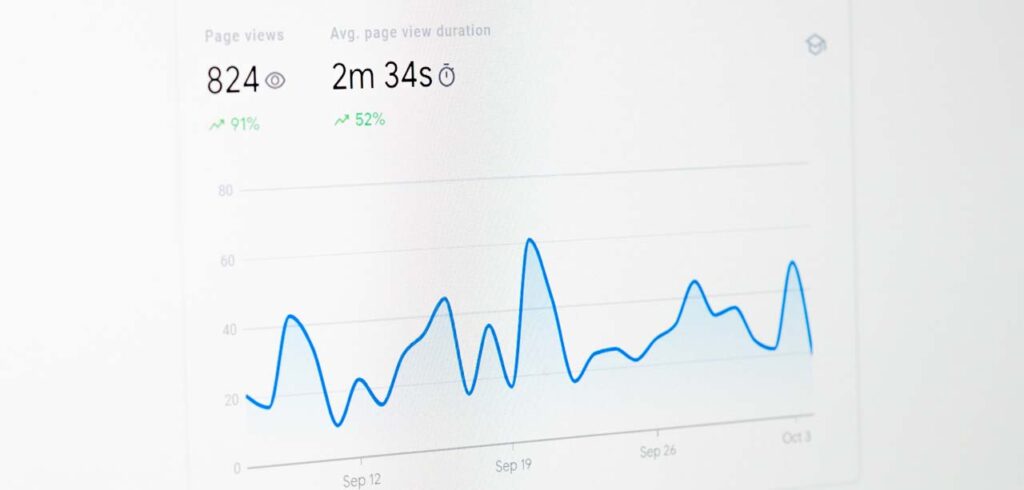
In Google Analytics you have an organization (optional), account, and property.
Each property has views. It’s recommended by the Google Analytics courses to have a Raw Data view and then copy to a Test and Master view. I’ve noticed, however, that when inside the platform, it gives the recommendation to avoid creating similar views. I’ve decided to keep them all, as I find them useful! Different views can be used to adjust data and create a specific view for different marketing departments — from marketing to production, to sales.
Predefined and custom filters can be applied to views to modify returned dimensions and metrics.
Once again, remember once you apply a filter, you can’t retroactively get data back to that view if you decide to remove the filter in the future. It only filters from the moment you create the filter.
As an example use, you could copy the raw data view — and create a “Mobile” view. Once the view is created, you would apply a filter to “include” any device data from mobile. If the filter can’t make a match, it won’t include that user data. You can also include filters to only show specific campaign data, which is helpful to create views that focus on certain campaign conversions.
A filter could also be applied to a view to “exclude” any CPC traffic, as that would help you to see what organic traffic is coming to a property.
Cross-Domain Tracking in Google Analytics
Cross-domain tracking (or site linking) is available in Google Analytics.
It takes setup — but will allow you to track visitors across domains or subdomains and dump the data to the same Google Analytics account property.
You must update the Google Analytics code on each page you want to cross-track and can streamline this process by using the Google Tag Manager.
Creating User Segments for Contrasting Data
User segments can be created that span multiple sessions, with a max date range of 90 days.
Segments can be system created or custom created. They remain helpful when you want to view contrasting plotted graph lines when analyzing Google Analytics data. Segments could be used to view sessions compared across all users, new users, and returning users.
Why look at segments and analyze data?
It helps you identify data and opportunities to improve your website’s performance. Segments are applied across reports, so you can jump from report, tab to tab, and not lose the segment you’ve set up and applied.
Tracking Marketing Activities with Multi-Channel Funnel Reports
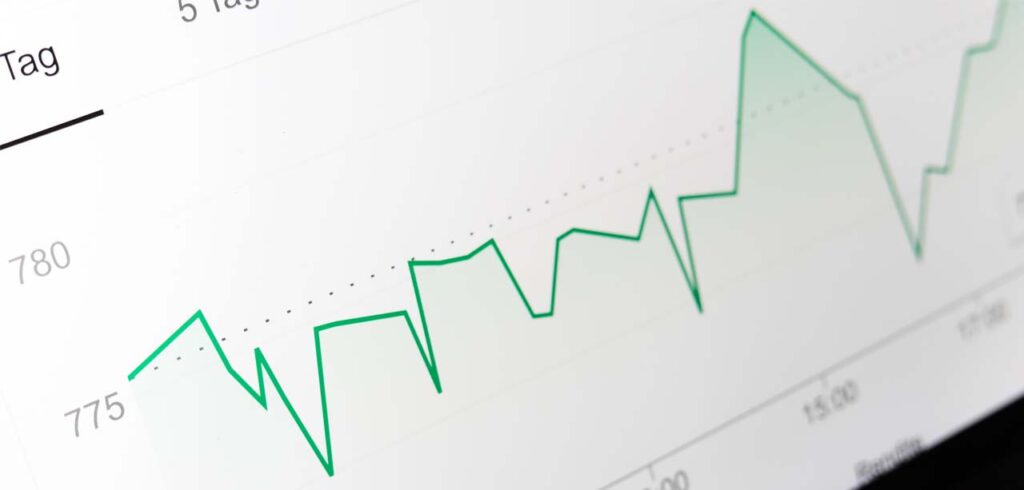
To go beyond last-click attribution, Google Analytics uses a set of reports called Multi-Channel Funnel (MCF) reports. These MCF reports help you identify the series of marketing activities someone completed to become a full conversion.
For example, someone may click on a social media link to visit a product one day, and then the next, find the same product from a Google Ad through retargeting. If they purchased after the Google Ad visit, the attribution would be applied to the last activity, in this case, the Google Ad click. But, with Multi-Channel Funnels, you can also identify the first activity, which is the social media click to the product page. The social media click helped the Google Ad achieve an “assisted conversion.”
Using Channel and MSF analysis in Google Analytics, you can track interactions that brought a customer from interest to purchase.
Advanced Google Analytics for Remarketing
Remarketing is how you target ad content to users that have already visited your website.
When someone doesn’t make a purchase, you can use remarketing to redisplay ads to help them get back to your website to make a purchase. Enabling advertising features in your Google Analytics properties settings will allow you to target groups based on similar attributes. Once remarketing is enabled, you can connect your Google Ads account and use Google Analytics audiences to market to from Google Ads. You could create a remarketing campaign on Google Ads from people who visit a specific page on your site!
Remarketing uses browser cookies to track a user’s activities. Google Search remarketing requires 1,000 cookies in an audience before it can be used, and demographic dimensions are not eligible.
You can create Dynamic Remarketing campaigns after you connect your Google Ads and Google Analytics accounts. This dynamic remarketing will allow you to create audiences who viewed products but then remarket specific products back to them. These are the products in which they have great interest and are much more likely to purchase!
To set up Dynamic Remarketing, the steps include:
- Find vertical attributes
- Create custom dimensions
- Update site tags
- Create dynamic remarketing audiences
- Create dynamic remarketing attributes
- Design a dynamic remarketing campaign
After that, it’s time to release the hounds!
Where do we go from here?

Measurement is how the Google Analytics process starts:
- You need to collect the correct data necessary to answer business questions.
- Reports created to pass by decision-makers in a business or organization to strategize.
- Analyzing data is the next step to measure expectations.
- Then, test to get your metrics to align with expectations.
- Repeat the process and refine and perfect your analytics process!
As you can see, there’s more to Google Analytics than may be initially realized, but once you dive in, you’ll find a treasure trove of information. It’s all waiting to be uncovered. Right at your fingertips!
Instead of “guessing” on user behavior, Google Analytics fills in the gaps and paints a vivid picture.
After you’ve completed the Beginner and Advanced Google Analytics courses, take the GAIQ certification to show your competence. It’s available in the Google Skillshop!
Is Advanced Google Analytics free?
Yes! Using Google Analytics and its advanced features remain completely free. Enterprise-level businesses can purchase Google Analytics 360 with additional features and no data limits. Google Analytics 360 is much more expensive than free, at $150,000 yearly.
Is Google Analytics certification worth it?
Yes! Completing Google Analytics certification is valuable for your marketing resume and potential employers. Passing the Google Analytics Individual Qualification (GAIQ) exam is an industry-standard certification and it’s free to take.
How do I become a Google Analytics expert?
You can become a Google Analytics expert by taking the courses available from the Google Analytics Academy. Online courses include Google Analytics for Beginners, Advanced Google Analytics, and Google Analytics for Power Users. If you complete all three courses and begin applying what you’ve learned, you’ll be well on your way to becoming a Google Analytics expert.

